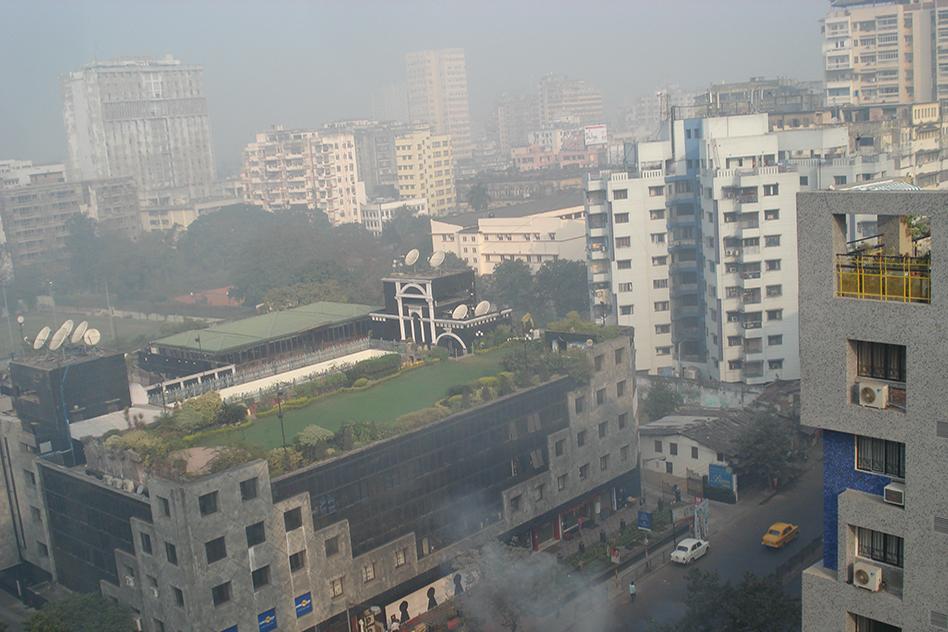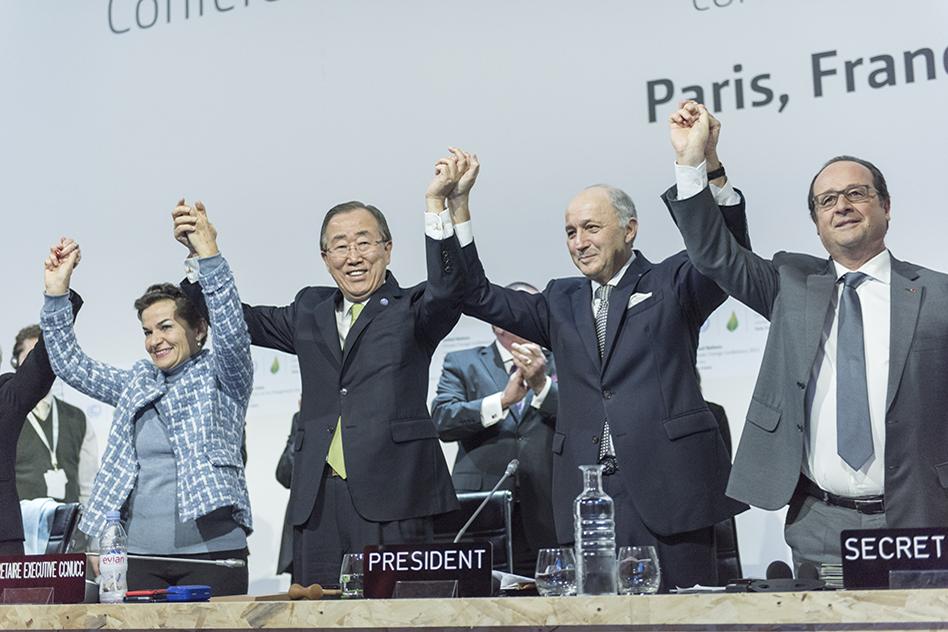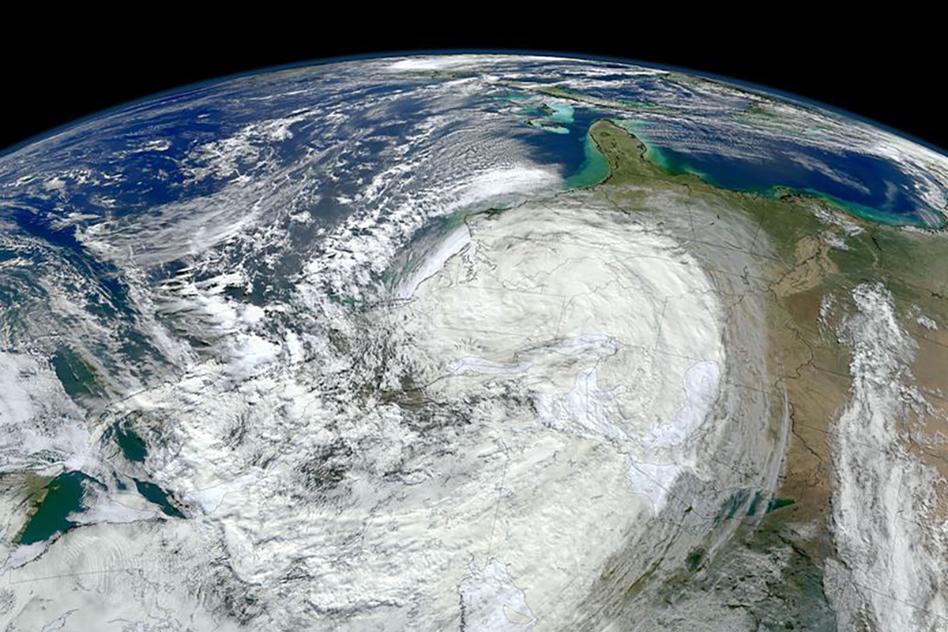News + Media

MIT Joint Program Co-Director John Reilly, former U.S. Vice President Albert Gore and other experts explore extreme implications of climate change in Meltdown Earth, a video in the NowThis: Apocalypse online series. The video description reads: "Rising ocean waters, scorching temperatures, food...

Harry Brekelmans says Shell has significant commitment to renewable energy, carbon pricing
David L. Chandler | MIT News Office September 7, 2017
Harry Brekelmans, the projects and technology director for Royal Dutch Shell, one of the world’s leading oil and gas companies and a founding member of the MIT Energy Initiative (MITEI), on Wednesday met with groups of MIT students...

Colorado forest study provides clearest-ever picture of gases released into the atmosphere and how they change
David L. Chandler | MIT News Office September 4, 2017
For a few weeks over the summer in 2011, teams of scientists from around the world converged on a small patch of ponderosa pine forest in Colorado to carry out one of the most detailed, extended survey of atmospheric chemistry ever...

MIT Joint Program Co-Director Ronald Prinn, in India to deliver climate change lecture, comments in The Economic Times. (Related: Times of India, Business Standard)
Kolkata: Atmospheric scientist and MIT Professor Ronald G. Prinn, whose group's findings the Donald Trump administration used to justify pulling out of the Paris climate agreement, hopes the US exit from the accord is temporary and says any way in which countries like India can help get the US...

The MIT Joint Program on the Science and Policy of Global Change announced today that it has joined Field to Market®: The Alliance for Sustainable Agriculture, a leading multi-stakeholder initiative working to unite the agricultural supply chain in defining, measuring and advancing the...

Under the Paris Agreement on climate change, each of nearly 200 countries has defined its own contribution to reducing global greenhouse gas (GHG) emissions based on local interests, politics and economics.

Tufts University-led study--co-authored by three MIT Joint Program researchers--predicts growth of cyanobacteria in lakes and reservoirs due to global warming. Coverage: NPR/Michigan Radio, WGBH
MEDFORD/SOMERVILLE (August 15, 2017) – Harmful algal blooms known to pose risks to human and environmental health in large freshwater reservoirs and lakes are projected to increase because of climate change, according to a team of researchers led by a Tufts University scientist.
The team...

It’s a challenge to attribute any one storm or heat wave to climate change, but scientists are getting closer. MIT Joint Program Deputy Director C. Adam Schlosser comments in Smithsonian.com.
By Kyle Frischkorn
SMITHSONIAN.COM

If you live in the developed world, safe water is usually just a faucet-turn away. And yet, global warming, drought conditions, and population growth in coming decades could change that, ushering in an era of uncertain access to water.

A symposium on "Estimating the Impacts of Climate Change on Agriculture" coordinated by MIT Joint Program Co-Director John Reilly and co-edited by Joint Program Research Scientist Elodie Blanc appears in the Summer 2017 issue of the journal Review of Environmental Economics and Policy. The...

